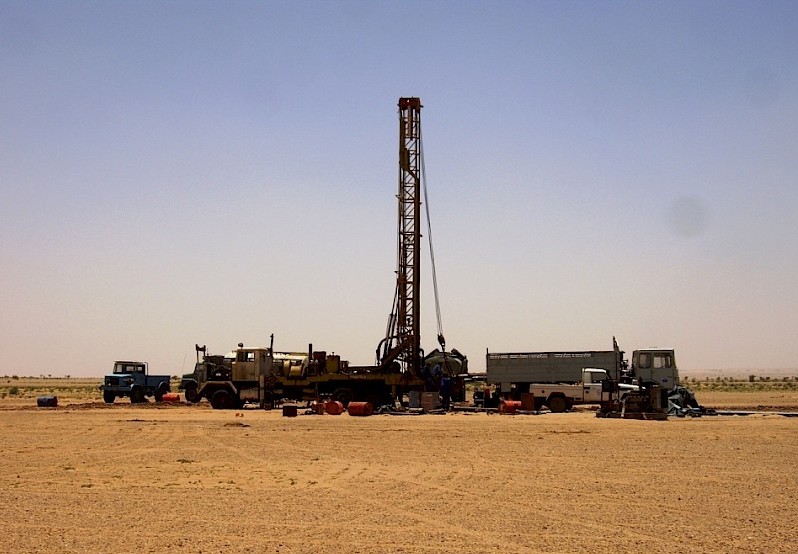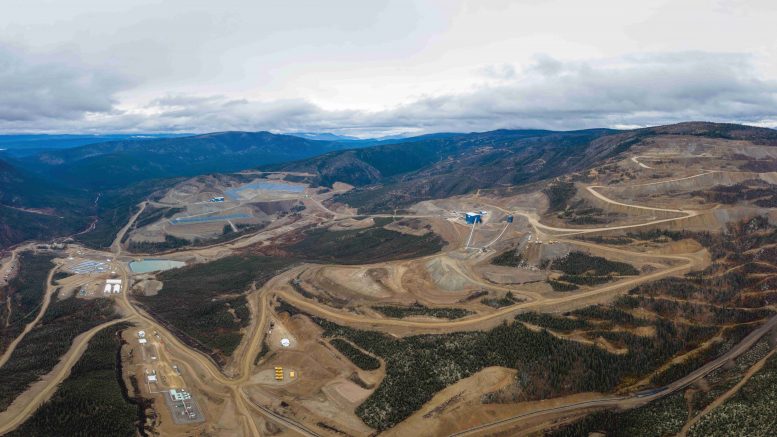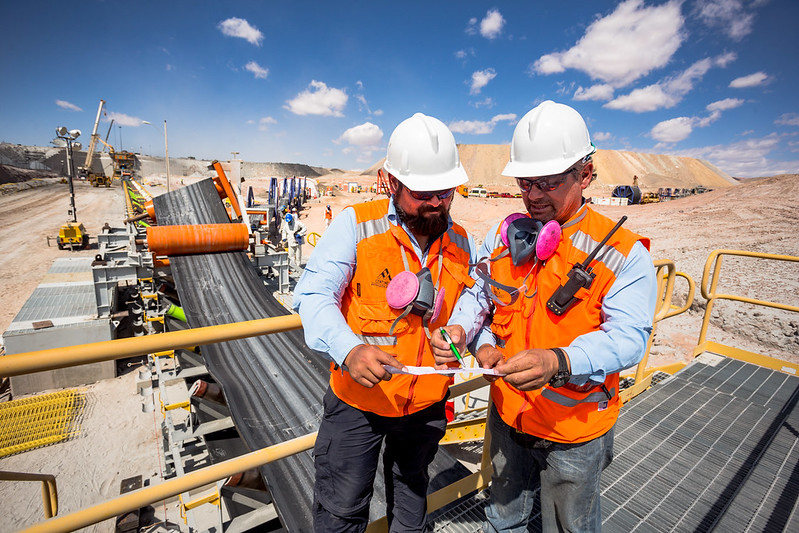Mining
Tuesday, September 20th, 2022 9:23 am EDT

GoviEx described the project, called Madaouela, as one of the world’s largest uranium resources, with 100 million lb. of U3O8 in measured and indicated mineral resources, plus inferred resources of 20 million pounds.
“The (feasibility study) confirms the strength of the Madaouela project and its ability to deliver good economic results at a time when inflationary pressures are having a significant impact on the development of new projects and operating mines,” GoviEx executive chairman Govind Friedland said. “We maintain our projection to be able to start producing in 2025, subject to project financing.”
The open pit and underground mine has a price tag of $343 million. Using a U3O8 price of $65 per lb. And a molybdenum price of $11 per lb., the after-tax net present value (at an 8% discount rate) is estimated at $140 million and the internal rate of return at 13.3%.
The estimate of $1.57 billion in earnings before interest, taxes, depreciation and amortization is based on an average annual rate of $82.6 million and net free cash flow of $672 million, the company said.
The project has the potential to elevate Niger from near the bottom of the world’s main uranium producers, which are led by Kazakhstan, Canada and Australia, according to the United States Energy Information Administration. Global production is shy of 50 million lb. a year, although some production data is withheld for corporate privacy, the EIA says.
“With two permitted mines in two mining-friendly jurisdictions, the backdrop of a strengthening uranium market, we are well positioned to become a uranium producer,” GoviEx chief executive officer Daniel Major said, adding that the company also has “huge exploration potential upside.”
Madaouela hosts proven and probable reserves of 5.4 million tonnes grading 0.87 kg per tonne U3O8 and 123.1 parts per million molybdenum for 12.3 million lbs. uranium oxide and 664 tonnes molybdenum.
Measured resources at Madaouela stand at 13.7 million tonnes grading 0.85 kg per tonne for 30.1 million lb., with indicated resources at 20.8 million tonnes grading 1.24 kg per tonne for 66.8 million lb. U3O8.
This post has been syndicated from a third-party source. View the original article here.




